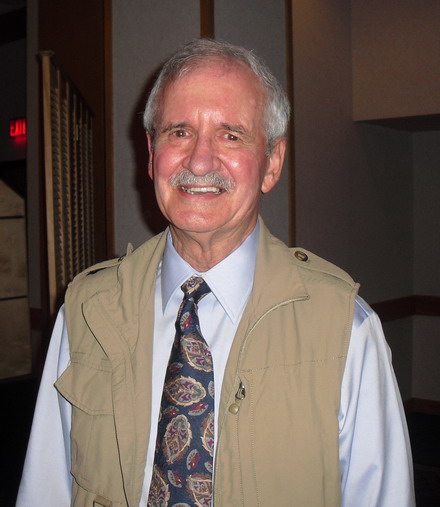Key To Helping Youth Succeed Not Complicated
 Prince George, B.C. - The key to helping kids succeed? It's as simple and as uncomplicated as spending the time we have better - finding a moment to connect with the young people we encounter.
Prince George, B.C. - The key to helping kids succeed? It's as simple and as uncomplicated as spending the time we have better - finding a moment to connect with the young people we encounter.
Keith Pattinson, the keynote speaker at the Northern B.C. Crime Prevention Symposium, points out that people often say they're too busy, they don't have enough time. He says, "It's not about finding more time with kids, it's about how we spend the time we have."
He offers this attention-grabbing statistic, "That when a boy or girl enters grade one in British Columbia at six years of age, the CRTC tells us they will have spent more time in front of a television set than they will have spent talking and conversing with their parents for the rest of their life."
Pattinson says there are 40 developmental assets that are, very simply, the life building blocks young people need to grow up healthy, caring and responsible. He says it's not a program or a method, they are the life skills instilled through everyday interactions with parents, relatives, neighours, teachers and others. Interactions as simple as positive communication, setting boundaries, and modelling positive responsible behaviours.
He says a survey of 45-thousand Canadian children in grades six through 12 found:
- 17-percent had 0 to 10 assets
- 44-percent had 11 to 20 assets
- 32-percent had 21 to 30 assets
- 7-percent had 31 to 40 assets
Pattinson says 61-percent of the young people with between 0 and 10 assets said they'd been involved in an activity where they'd injured someone that had involved police and/or medical intervention. "Assets have the capacity to protect kids from the very thing that we don't want in our community." And, he says, the good news is, they the ability to work the other way, too. As young people increase their assets in life, they're more likely to succeed in school, to value diversity, to maintain good health and exhibit leadership qualities.
"How do you change kids' lives?" Pattinson asks. "(Those changes) come through the kind of encounters we can have everyday if we simply go out of our way a little bit, take one or two minutes and smile at a kid, learn their name, learn something they tell us, and let them know we remember."
He points out that in a room full of volunteers at the symposium - Community Policing volunteers, Victim Services providers and others - "It's important for me to say to you that volunteers have the capacity and are changing the world for the better.'
Previous Story - Next Story
Return to Home









A catchy title. But so wrong!!
If it were not complicated, we would not have the problems we have.
BTW .... when did we not have any problems in this area? If there was ever such an ideal time, when did it change and why?
---------------------
Assets? What the hell are assets? What is an asset in one person's mind is a hindrance to another.
Asset = not being from a visible minority
Asset = being poor
Asset = being rich
Asset = speaking English as a first language
Asset = being raised in Mennonite family
Asset = having good scholarly aptitudes
I never ut up my hand in grade school to answer questions. When asked, I generally knew the answer.